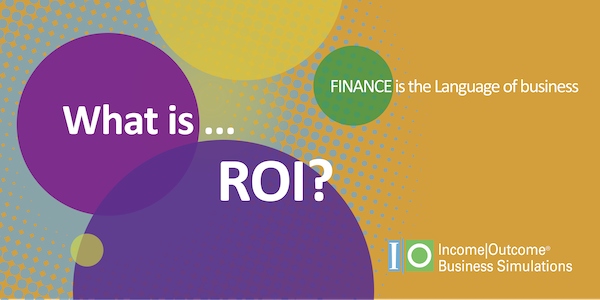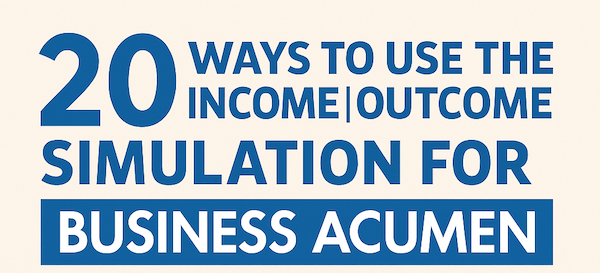CTL: Income Statement Analysis

Published Date
💡 New here? You might want to start with What is an Income Statement?
Using Income Statement Analysis to Look at A Real-World Company
This hands-on exercise gives you the chance to work through your own Income Statement data—and/or data from a competitor—and analyze what it’s telling you. It’s a companion to our blog post What Is Income Statement Analysis?, which explores why this skill matters and how it connects to decision-making.
The tool works across up to three scenarios so you can compare time periods, divisions, or businesses.
Step-by-Step Instructions
Step 1: Enter Your Company’s Financial Statements
To calculate Income Statement Analysis, you will need Income Statement data for 1 - 3 companies. You can use comeptitors, or look at the same company over a 3-year period.
You can get these reports from:
- The Visual Finance App
- Your company’s latest annual report
Step 2: Calculations are Automatic.
You’ll see:
- COGS as % of Sales
- SG&A as % of Sales
- R&D as % of Sales
- Depreciation as % of Sales
- Finance (Interest) as % of Sales
- Taxes as % of Sales
Each percentage is automatically calculated and shown beside the raw numbers for side-by-side comparison.
Step 3: Reflect and Compare
Use the calculated values to guide your thinking. Look for gaps or trends:
- Where are the margins strongest or weakest?
- Which cost areas are most different between scenarios?
- If this is your company vs. a competitor, where are the biggest differences?
- What questions would you ask about those differences?
- Which line shows the biggest percentage gap between scenarios? That might be where you have the most room to explore or improve.
Final Thought
Seeing an Income Statement is useful. But breaking it down into meaningful components—and comparing across scenarios—is how you get real insight.
This is where financial structure meets operational awareness. Try it out, and start spotting what changed—and why.
That’s it! Short, practical, and hopefully useful.
Continue the Learning
This post is part of our Continue the Learning series, where we share tools, perspectives, and real-world examples to help you build stronger business acumen.
See all posts in the Continue the Learning series →



